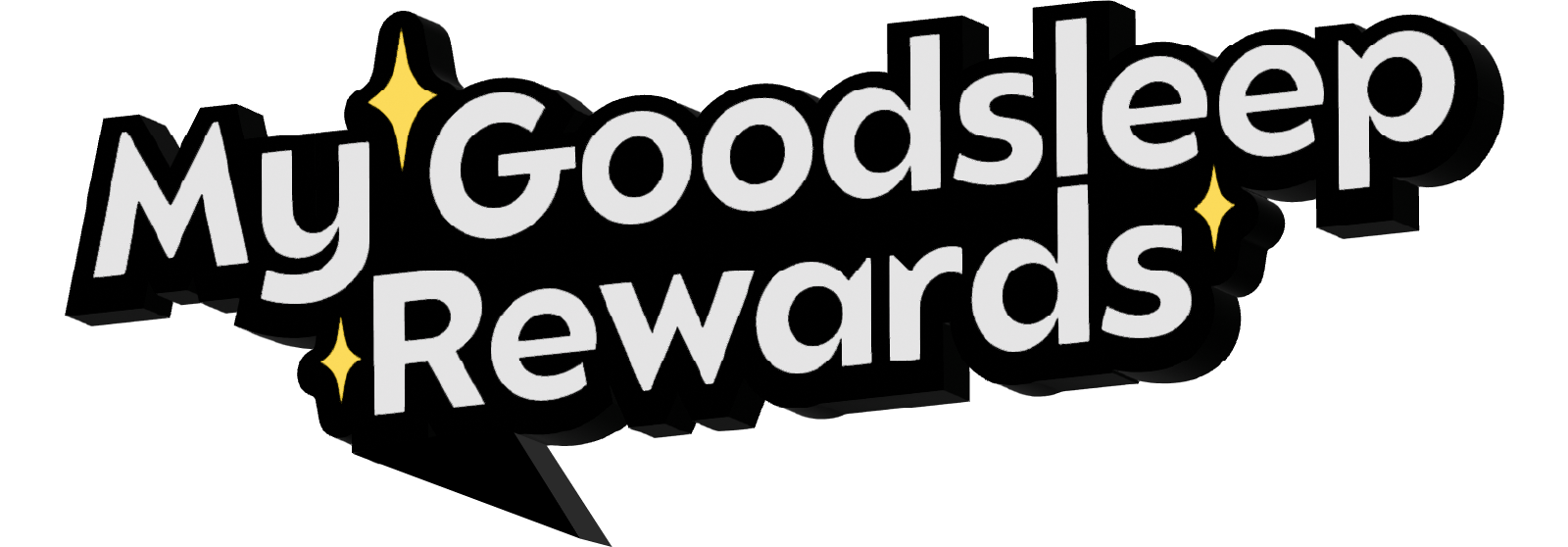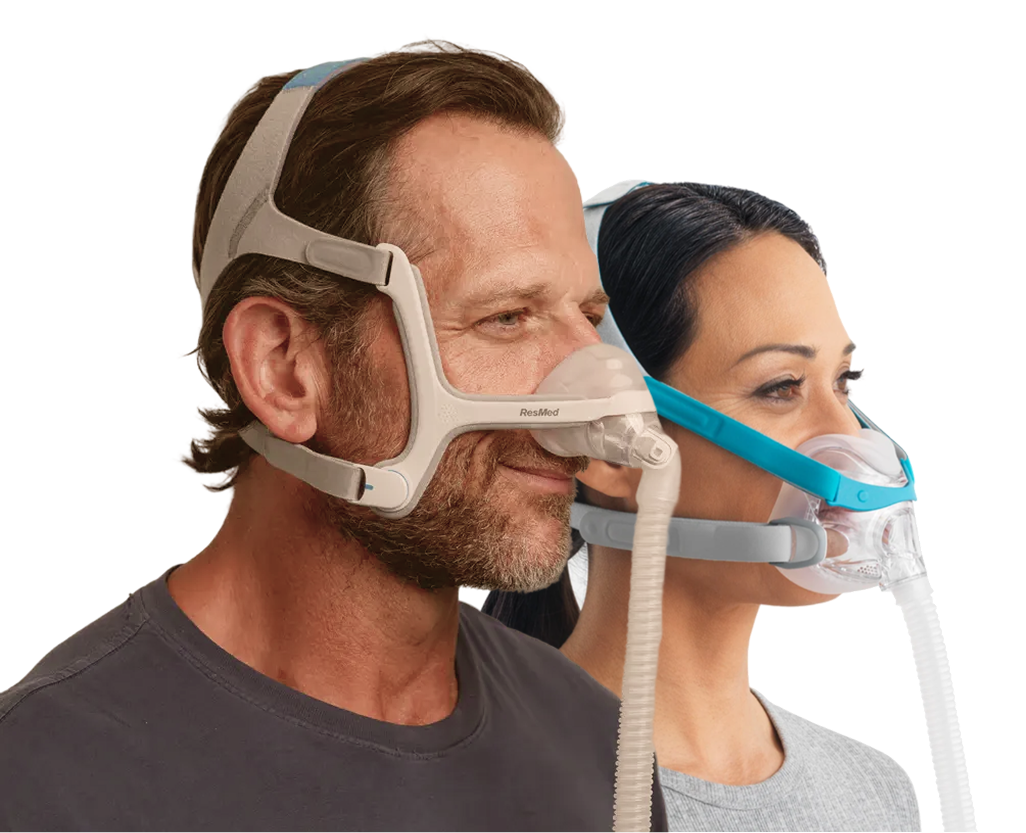Sleep apneas are periods when a person stops breathing, and hypopneas are instances where airflow is partially blocked, causing shallow breathing. The Apnea-Hypopnea Index (AHI) quantifies the severity of sleep apnea by counting the number of apneas and hypopneas during sleep. The AHI helps healthcare professionals diagnose the condition and determine effective treatment. For a comprehensive insight into AHI and its significance, explore the following article from CPAP Discount Warehouse.
What is AHI?
The apnea-hypopnea index (AHI) is the average number of times you stop breathing (apneas) or breathe shallowly (hypopneas) per hour of sleep. The AHI is a useful tool for diagnosing obstructive sleep apnea (OSA) and determining its severity.
OSA is a common sleep disorder, and people with OSA experience multiple partial or complete obstructions of the airway during sleep, which are termed hypopneas and apneas, respectively. Additional symptoms may include loud snoring, gasping or choking, and excessive daytime sleepiness.

>>> Obstructive Sleep Apnea (OSA): Symptoms, and causes
How is the apnea-hypopnea index calculated?
Doctors usually determine the Apnea‑Hypopnea Index (AHI) during an overnight sleep study called a polysomnography which records brain waves, breathing, oxygen saturation, heart rate, and sometimes CO₂ levels. While most PSGs are performed in a sleep lab, simplified home-based versions are available.
Although AHI is the key metric for diagnosing OSA, healthcare providers often review additional indices for a more complete assessment. For instance, the Oxygen Desaturation Index (ODI) tracks how many times per hour your blood oxygen falls significantly (e.g., for ≥10 seconds). For children, elevated blood CO₂ can be an important marker of hypoventilation, even if the airway isn’t fully blocked.
AHI is determined by dividing the total number of apnea (complete breathing pauses) and hypopnea (partial airway obstruction) events by the total hours of sleep:
AHI= (Apneas+Hypopneas)/HoursofsleepAHI
For example, if an individual experiences 40 episodes over an 8-hour sleep period, their AHI would be 5, indicating mild sleep apnea. Monitoring AHI over time is crucial for assessing the effectiveness of treatments like CPAP therapy. As a key indicator of sleep apnea severity, AHI helps guide medical professionals in treatment adjustments and patient care.
Understanding the Apnea-Hypopnea Index for Adults and Children
The AHI is a key metric used to evaluate the severity of sleep apnea. It is determined by calculating the number of apnea (complete pauses in breathing) and hypopnea (partial reductions in airflow) episodes per hour of sleep. The AHI score correspond to different levels of OSA
The criteria for diagnosing sleep apnea in children differ slightly from adults due to their heightened sensitivity to breathing disturbances.
| AHI Classification for Adults | AHI Classification for Children | |
| Normal | < 5 episodes/hour | < 1 episode/hour |
| Mild Sleep Apnea | 5–15 episodes/hour | AHI 1–5 episodes/hour |
| Moderate Sleep Apnea | 15–30 episodes/hour | AHI 5–10 episodes/hour |
| Severe Sleep Apnea | > 30 episodes/hour | AHI > 10 episodes/hour |
What are the drawbacks to the apnea-hypopnea index?
The AHI is a helpful tool, but it isn’t perfect. Some drawbacks of this test include the following:
- A mixed understanding of hypopnea. While many providers clearly understand apnea, hypopnea is defined by several factors, including reduced airflow, reduced oxygen levels, and frequent nighttime arousals.
- Limitations: The AHI only measures apneas and hypopneas during sleep. It does not provide information about the severity of these events.
- Inaccurate results: Some at-home tests may provide inaccurate results. While the AHI can provide valuable information about your sleep quality, it only plays a role in determining the severity of a sleep disorder diagnosis. Your care team will use your AHI, along with other test results, to make an informed decision about your health.
How Is AHI Measured?
Most often, AHI is determined during an overnight sleep study known as a polysomnogram. This test records multiple body functions while you sleep, including brain activity, heart rate, oxygen saturation, and breathing patterns. Though full sleep studies are typically conducted in dedicated sleep labs, simplified at-home versions may be available depending on your situation and symptoms.
While AHI is a central measure for diagnosing obstructive sleep apnea (OSA), doctors often look at additional data to form a complete picture of your condition. One such measure is the Oxygen Desaturation Index (ODI), it tracks how often your blood oxygen levels drop significantly (usually for 10 seconds or more) over the course of an hour.
Another important factor, particularly in children, is the carbon dioxide (CO₂) level in the blood. Elevated CO₂ may indicate that breathing is consistently shallow or inadequate, even if no full blockage is detected. This can point to hypoventilation, a condition where airflow is limited over time.


– Dave Hurley, Verified Tester
>>> Sleep Apnea Home Study: When, Why, How, and Troubleshooting Tips
The Impact of OSA Treatment on the AHI
Continuous positive airway pressure (CPAP) is the primary treatment for obstructive sleep apnea (OSA), particularly for patients with moderate to severe cases of the disease. OSA severity is determined by the frequency of respiratory events during sleep, i.e., the apnea–hypopnea index (AHI).
CPAP therapy is recommended for an AHI greater than 15 events per hour, regardless of symptoms, or for a lower AHI associated with excessive daytime sleepiness (EDS). CPAP is an effective, evidence-based therapy for adults with OSA. It significantly decreases disease severity, sleepiness, blood pressure, and the risk of motor vehicle accidents, while improving sleep-related quality of life.
The therapeutic pressure must be determined for each patient based on the results of manual or, more often, home titration with an automatic CPAP machine over a few nights. The mask should fit well without leaks, and nasal masks are preferred over oronasal masks.
How to choose the right treatment for each patient?
CPAP therapy
+ Indication: Used for patients with moderate to severe obstructive sleep apnea (OSA).
+ Effectiveness: Highly effective in reducing OSA symptoms.
+ Compliance: High in patients who are very symptomatic, but low in females and in patients with mild or no symptoms.
+ Patient Preference: Generally low due to discomfort or inconvenience.
+ Cost: Low.
Lifestyle Changes
+ Indication: Recommended for all overweight or obese patients with OSA.
+ Effectiveness: Weight loss and healthy lifestyle changes are associated with reduced severity of OSA.
+ Compliance: Difficult to maintain consistently over the long term.
+ Patient Preference: Not clearly stated.
+ Cost: Low for weight loss programs and general lifestyle interventions.
Positional Therapy
+ Indication: For patients whose breathing problems occur mainly or only when lying on their back.
+ Effectiveness: High.
+ Compliance: Generally high, although long-term data is limited.
+ Patient Preference: High, as the method is often non-invasive and simple.
+ Cost: Moderate.
Mandibular Advancement Device (MAD)
+ Indication: Suitable for patients with mild to moderate OSA, especially those with tongue-base collapse or who refuse CPAP.
+ Effectiveness: Less effective than CPAP.
+ Compliance: High.
+ Patient Preference: High due to comfort and ease of use.
+ Cost: Moderate.

FAQs
Why is my AHI so high?
There are three possible reasons for an increased AHI. The first is a mask leak. If your CPAP mask leaks, you will not receive the necessary air pressure to keep your airway open. This results in an increased AHI. Second, consuming alcohol, narcotics, and other drugs can increase obstruction and consequently increase your AHI. Third is development of central or complex sleep apnea
Is an AHI of 1.3 good?
Yes, an AHI of 1.3 falls well within the normal range of fewer than five events per hour, whereas a severe AHI is defined as more than 30 events per hour
What AHI score requires CPAP?
An AHI below 5 is normal. A score between 5–15 means mild sleep apnea, 15–30 is moderate, and over 30 is severe. Sleep experts usually recommend CPAP for people with moderate to severe sleep apnea (AHI of 15 or more). The goal of CPAP is to bring your AHI below 5 and help you breathe normally during sleep.
What does AHI 2.0 mean?
If your AHI is 2.0, it means you experience approximately two episodes of apnea or hypopnea per hour while you’re asleep.
Understanding what Apnea-Hypopnea Index (AHI) is plays a crucial role in diagnosing and managing sleep apnea. If you are seeking effective treatments, please check out high-quality CPAP machines and sleep tools at CPAPDiscount. We can help improve your sleep and well-being.






